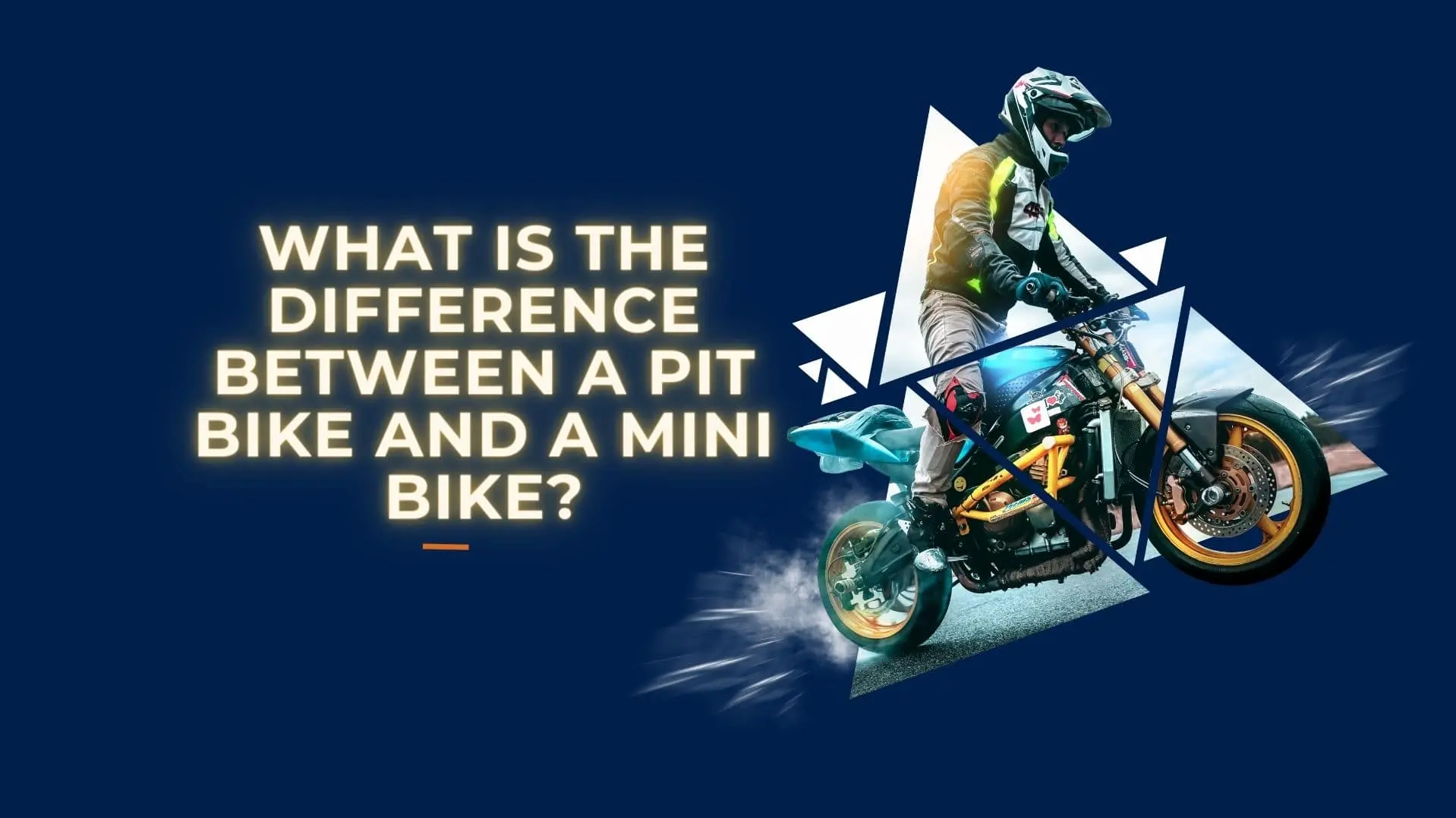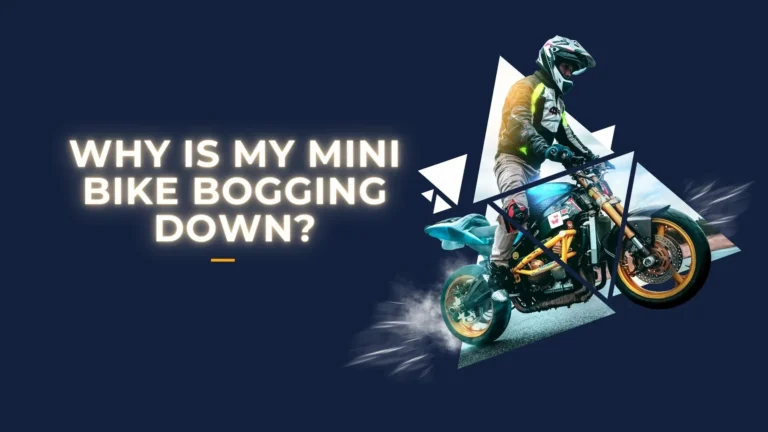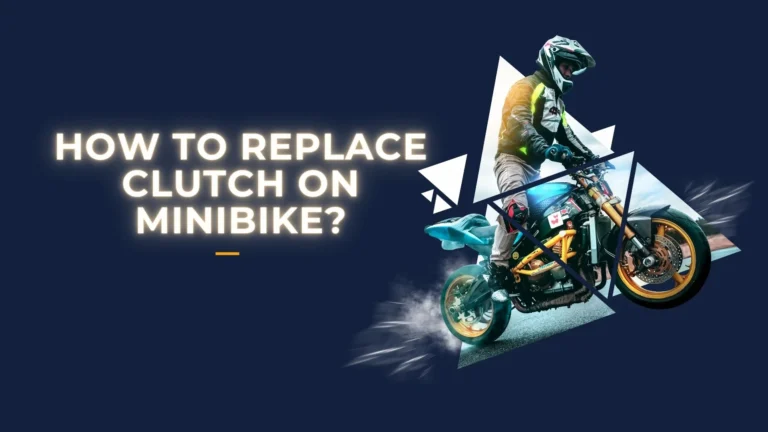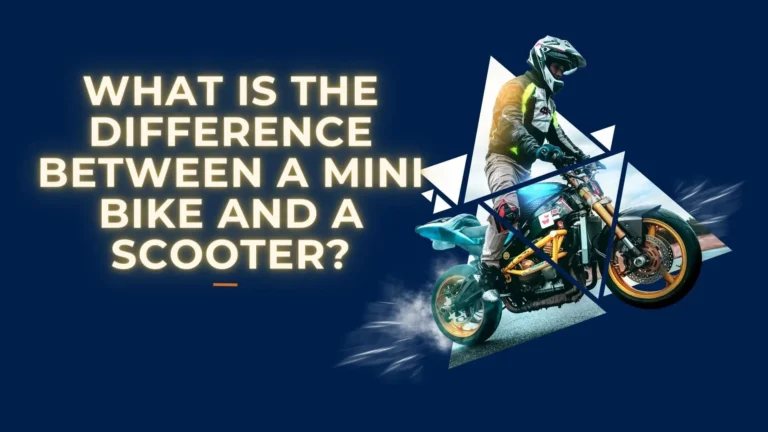What Is the Difference Between a Pit Bike and a Mini Bike?
At a glance, mini bikes and pit bikes look nearly the same—just tiny motorbikes, right?
Wrong.
While these pint-sized bikes may seem identical, mini bikes and pit bikes actually have some key differences when it comes to size, power, cost, and capabilities.
This article will reveal the main distinctions between mini bikes versus pit bikes so you can decide which type of small motorbike is right for your recreational riding needs.
We’ll uncover how factors like engine size, transmission type, suspension, and intended riders set these bikes apart.
So whether you want a simple ride for your kids or a more powerful bike for yourself, read on to learn if a mini bike or pit bike is the best fit.
Key Takeaways
- Mini bikes are designed for smaller riders like kids and shorter adults, with compact frames and 12-16 inch wheels.
- Pit bikes are slightly larger, made for older kids and adults, with 19-21 inch wheels.
- Mini bike engines range from 30cc-100cc, while pit bikes have 125cc-150cc engines.
- Mini bikes predominantly use automatic transmission. Pit bikes have manual shifting.
- Mini bikes work best on flat recreational terrain. Pit bikes can handle more varied terrain.
- Mini bikes cost $500-$1500 new. Pit bikes range from $1000-$4000.
- Both are good for learning basic riding skills and require less maintenance than race bikes.
By understanding the key differences in size, power, transmission, costs, and capabilities, you can decide whether a mini bike or pit bike is better suited for your riding needs and experience level.
Meet the Mini Bike – The Pint-Sized Ride for Kids and Smaller Folks

If you’re a parent looking for your child’s first motorbike or a shorter adult who wants a simple recreational ride, then say hello to the mini bike.
These little shrunken motorcycles first took off in the 1960s and 70s as an accessible way for kids and smaller-statured riders to enjoy casual off-roading.
At first glance, you’ll notice the mini bike’s incredibly compact size. They typically have:
- 12-16 inch wheels, scaled down to suit younger riders with shorter legs.
- Small frames also make mini bikes very light and easy to maneuver.
Modest Power and Speed
Don’t expect blazing speed from a mini bike. Their smaller engines range from 30cc to 100cc, giving them less power than larger bikes. But this slower pace makes them perfect for beginners still learning the ropes.
Automatic Transmission
Mini bikes keep things simple with predominantly automatic transmissions. No confusing gears and clutch to figure out here! Just easy twist-and-go riding.
Best for Flat Recreational Riding
With their modest power and automatic shifting, mini bikes work best on flat, smooth recreational terrain, not intensely rocky or hilly trails. Think backyard circuits or dirt paths, not motocross tracks.
Budget-Friendly Cost
Finally, mini bikes appeal because of their wallet-friendly price tags. You can find new mini bikes for anywhere from $500 to $1500. That makes them a very affordable entry point into motorbikes.
Meet the Pit Bike – The Intermediate Rider’s Motorbike
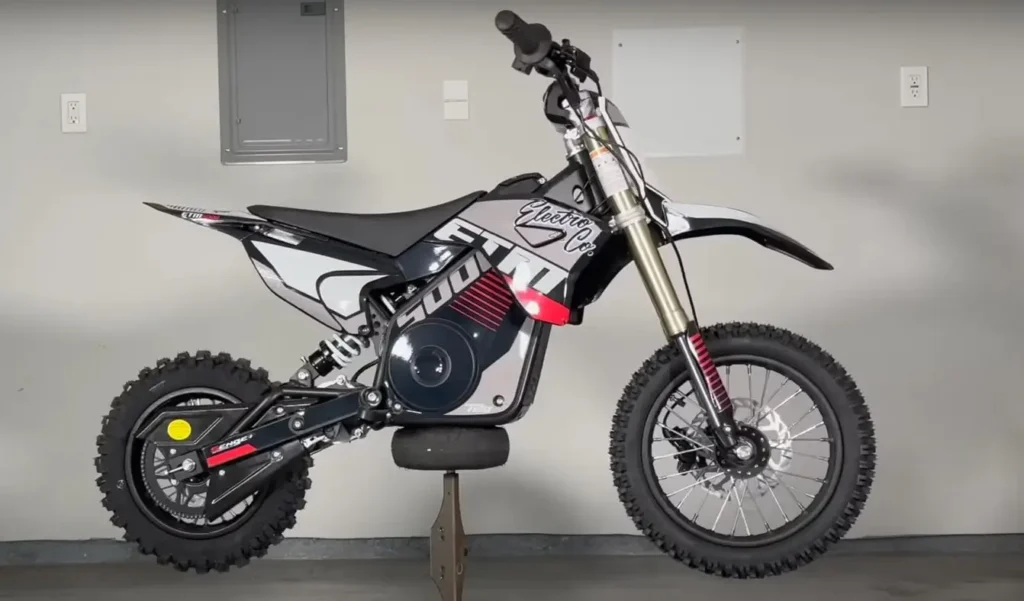
If you want more power and capability than a mini bike, but aren’t ready for a full-sized motocross bike, the pit bike may be the perfect fit.
Pit bikes originated as small motorbikes for riders and crews to quickly navigate the staging and prep areas at motocross events. Hence the “pit” name.
At a glance, you’ll notice pit bikes are slightly larger than mini bikes, with 19-21 inch wheels. This accommodates older kids and adult riders.
Beefier Power
Under the hood, pit bikes pack more punch than mini bikes. They usually have 125cc-150cc engines that deliver stronger acceleration and higher top speeds around 50 mph.
Manual Shifting
Pit bikes operate just like big motocross bikes when it comes to shifting. They have a manual clutch and gears that require coordinated control to shift smoothly through the speeds.
Rugged Suspension
The suspension on pit bikes is built to handle rougher riding than mini bikes. With more suspension travel, they can tackle small jumps and uneven terrain on recreational tracks and trails.
Higher Cost
With larger frames, manual transmissions, and more robust components, pit bikes sit at a higher price point than mini bikes. Expect to spend $1000-$4000 for a new pit bike.
Similar Beginner-Friendly Attributes
Though they differ in size and power, mini bikes and pit bikes share some useful traits for recreational riders:
– Both are great for helping learn basic riding skills like balance, coordination, and control. Their small size builds confidence.
– They require relatively low maintenance compared to high-strung motocross race bikes. Less stress on components equals fewer repairs.
– With mass production, replacement parts are readily available for mini bikes and pit bikes when repairs are needed. No need to hunt for rare parts.
Conclusion
In summary, mini bikes and pit bikes represent two different entry points into the world of off-road motorbikes.
Mini bikes, with their pint-sized frames, automatic shifting, and mild power are ideal for younger novice riders who want a simple, affordable way to start riding.
Pit bikes appeal to older kids and adults who want more power and a manual transmission to take on intermediate recreational trail and track terrain.
So whether you’re a parent looking for your child’s first motorbike, or an aspiring rider who isn’t ready for a full-sized motocross bike, weigh the differences between mini bikes and pit bikes. One is likely the perfect fit for your family’s budget, skill level, and riding goals.


